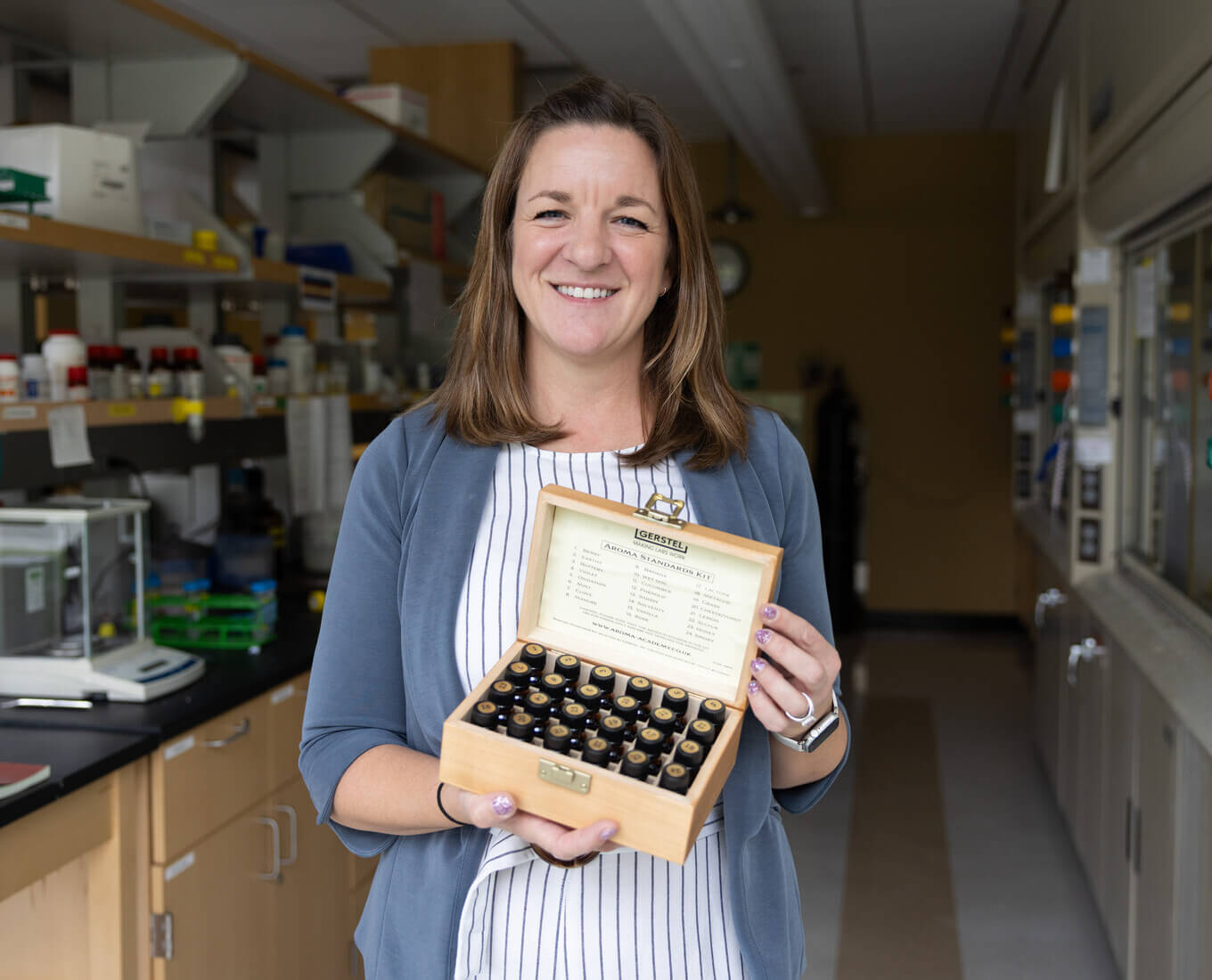WORCESTER, Mass. – Gareth Roberts, assistant professor in the mathematics and computer science department at the College of the Holy Cross, has received a $124,036 grant from the National Science Foundation to study celestial mechanics over the next three years. The educational impact of this project includes mentoring of undergraduate researchers at the College.
The goal of the project, titled “Questions on Finiteness and Stability in Celestial Mechanics,” is to make significant progress on some challenging research questions in the field by employing modern techniques from the field of algebraic geometry. The questions to be studied include Saari’s conjecture, the question on finiteness of relative equilibria, and stability of relative equilibria. This last topic is particularly relevant for plotting spacecraft trajectory and discovering inexpensive methods of exploring space. Moreover, locating stable solutions provides key information pertaining to the kinds of orbits astronomers and others in the field expect to see in the universe.
Over the course of the three years, Roberts, who lives in Worcester, plans on working with at least four research students. “The goal is to introduce them to a serious research problem they find interesting and can throw themselves into. They will be learning new mathematical subjects such as celestial mechanics and algebraic geometry, proving theorems, doing lengthy, demanding calculations and investigating problems using sophisticated mathematical software on computers,” he said.
More information on the project
Celestial mechanics concerns the motion of celestial bodies (stars, planets, asteroids, even spaceships) under their mutual gravitational attraction. It is inherently a mathematical discipline although applications to astronomy and spacecraft transport are obvious. “Before we can fly a ship we need to know how to get there,” explains Roberts.
Celestial mechanists apply their craft to the N-body problem, with N representing the number of bodies (assumed to be point masses). Using Newton’s F=ma and inverse square law, this means “solving” a very complicated set of nonlinear differential equations.
Explicit solutions are very hard to come by but one success story is relative equilibria. These are solutions that rigidly rotate about their center of mass. “Imagine all the bodies on a record player each traveling on concentric circles around a central point at the same speed,” explains Roberts. “The shape and size of the configuration of bodies is unchanged over time so the configuration looks fixed from the perspective of the record, hence the name ‘relative equilibrium.’ ”
Saari’s conjecture states that if one fixes the total size of the system (called the moment of inertia) then the solution must be one of these special relative equilibria. Rick Moeckel proved the conjecture for N=3 bodies using BKK Theory, but the conjecture is open for more than three bodies.
The question on finiteness of relative equilibria is an old one that asks whether, for a fixed set of masses, the number of these special rigidly rotating solutions is finite or not. “An interesting application here is that if there were to be an infinite number of relative equilibria — generally believed not to be true but no one’s been able to prove it yet for more than four bodies — this would provide an ideal setting for ‘free parking’ in space,” said Roberts.
Studying stability of relative equilibria asks whether these solutions are stable. “This means that if one perturbs the solution — imagine a comet flying fairly close by — will the solution be around or break apart? Stable solutions are the ones we see in the universe. For example, the sun, Jupiter and the Trojan asteroids form a stable relative equilibrium in the shape of an equilateral triangle,” he said. Based on his past research and on that of Moeckel, it appears that the only stable relative equilibria are those with a dominant mass, that is, a mass that is significantly larger than all the others. Roberts made some progress on this problem in his doctoral thesis, but hopes to establish it more firmly over the next three years.
Mathematics Professor Earns Grant from National Science Foundation to Study Celestial Mechanics
Read Time
3 Minutes
